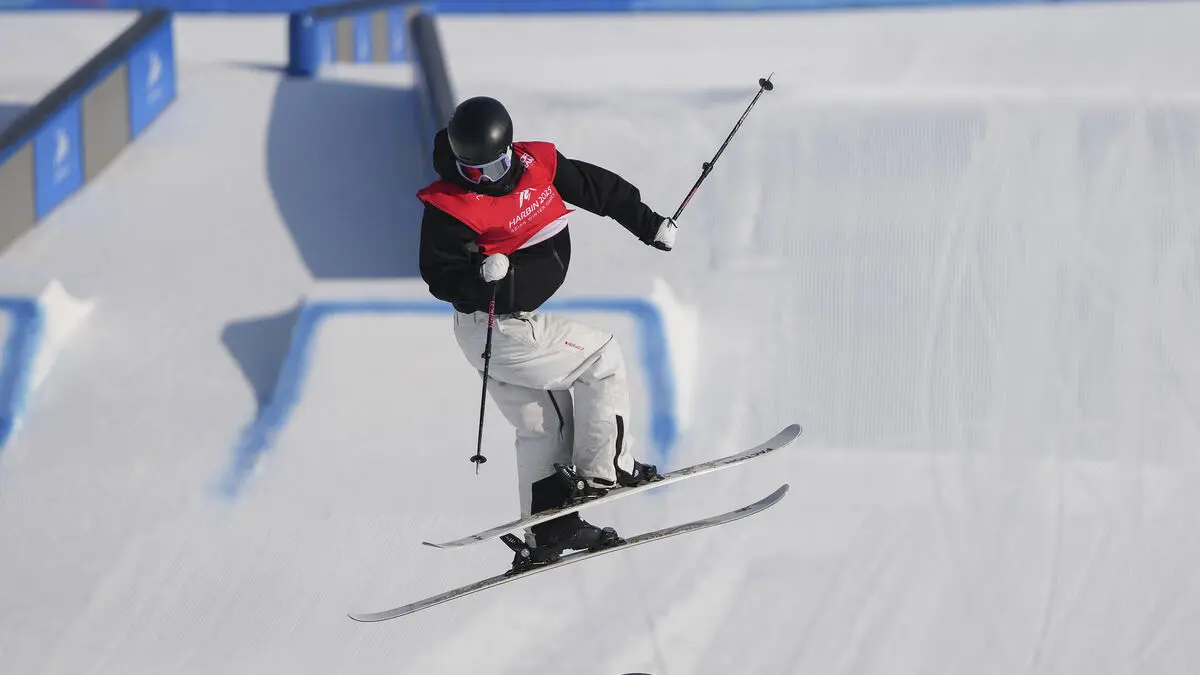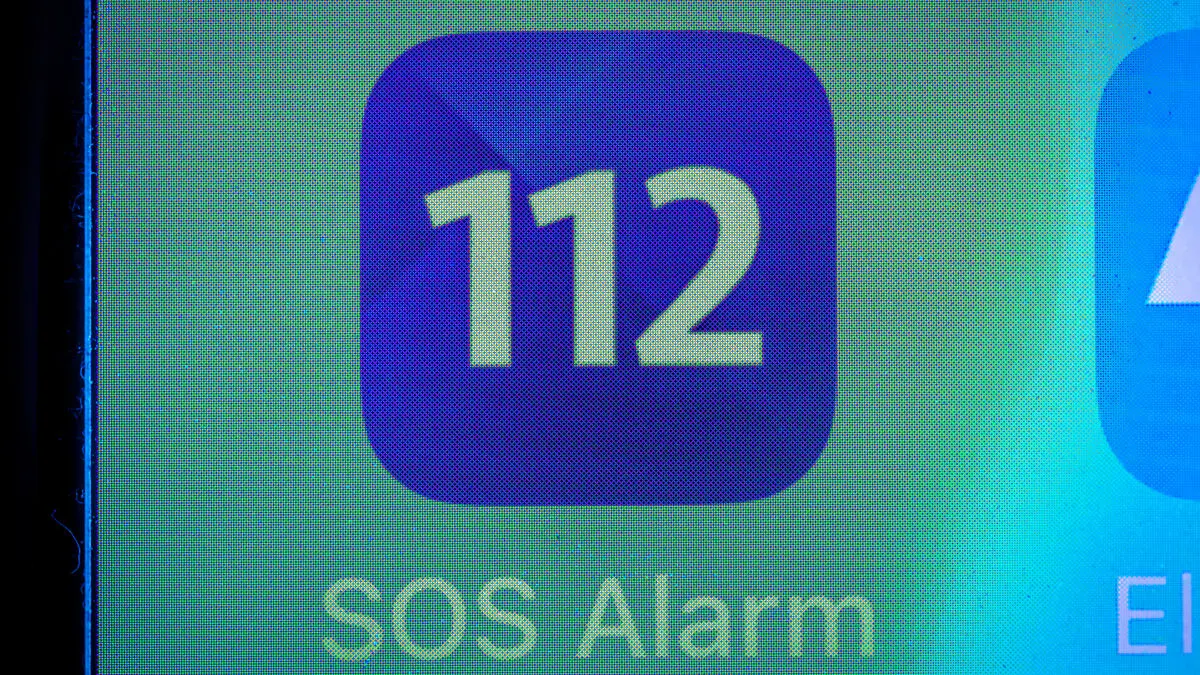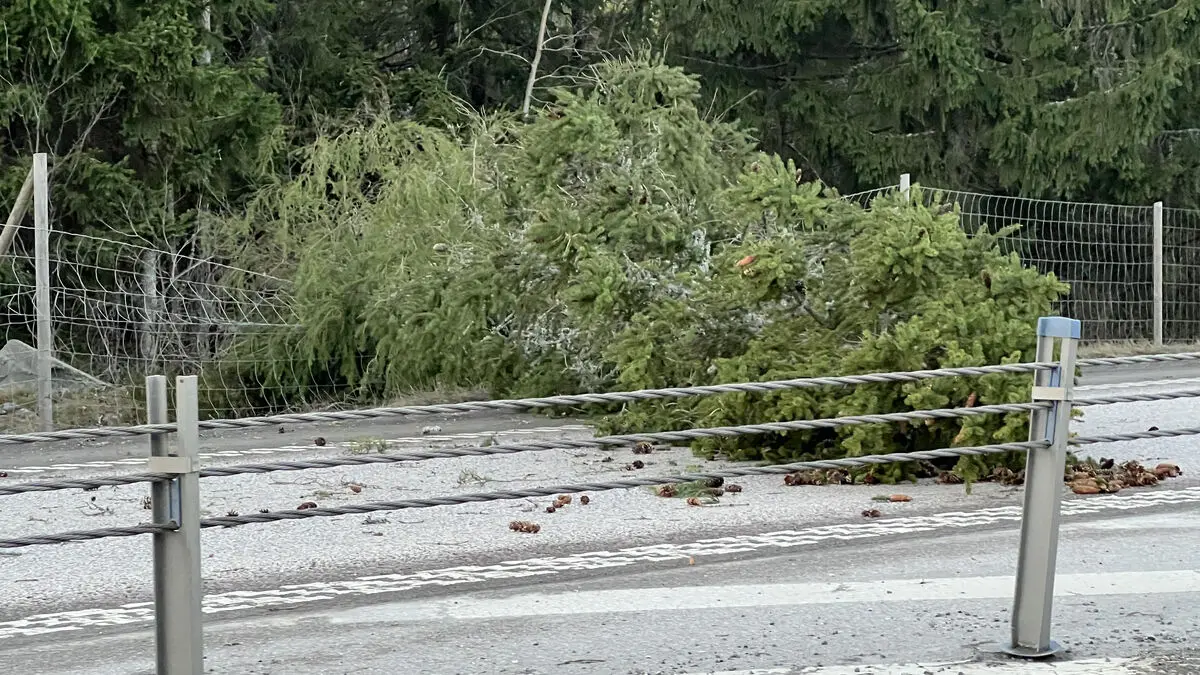In connection with Easter, the risk of fatal accidents on the roads increases by about 40 percent, according to the Swedish Motorists' Association.
This is largely due to a combination of slippery roads, heavily trafficked roads, and more long trips, according to the interest organization's press secretary Jacob Sidenvall.
Around major holidays when people are heading to their relatives, cottages, or the mountains, there is a higher load on smaller roads that are not built like the larger ones with meeting separation, for example, he says.
Roads that usually have a lot of traffic to the mountains are, for example, national road 84 from Hudiksvall, E14 from Sundsvall to Östersund, and national road 70 through Dalarna. The E45 north from Gothenburg is also usually heavily trafficked.
No Overtaking
The police warn on their website that it will be crowded on the roads. Motorists are urged to keep their distance and adjust their speed according to the prevailing road conditions.
Like previous years, a no-overtaking rule will be introduced on the E4 between Gävle and Tönnebro – where there are alternating one and two lanes – at different times during the week. According to SMHI, it looks like it will be plus degrees in large parts of the country on Maundy Thursday.
For those planning a trip where winter road conditions may still prevail, it may still be a good idea to check the tires.
My absolute best tip then is to keep the winter tires on or switch back to winter tires if you've already changed, says Stefan Brala, motor expert at the insurance company Trygg-Hansa.
Postpone the Trip
A Novus survey shows that more than half of Swedes (55 percent) worry about Easter traffic. This concern should be taken seriously, believes Stefan Brala.
It's very dense traffic during Easter, so it's essential to plan your trip in advance. Check the weather forecast and traffic conditions before you leave.
He also recommends that everyone who can avoid rush hour – for example, Maundy Thursday afternoon and evening when many people hit the roads.
If you have the opportunity, it may be wise to start your trip the next day, says Brala.
Check the tire pressure before you leave.
Observe speed limits and keep a safe distance to other vehicles.
Adjust your speed to the road conditions. Avoid unnecessary overtaking.
Plan your route and choose motorways and median-separated roads if possible.
Check all lights before departure. Also, check that the rear lights really turn on when you drive in fog or darkness.
Be well-rested. Take breaks often if you're driving long distances and take turns driving if there are several of you in the car.
Bring a tow rope and jumper cables.
Check the windshield wipers. Fill up and bring extra windshield washer fluid.
Make sure your mobile phone is charged, but never use it while driving.
Accept that the trip may take time. Don't have a fixed arrival time.
Source: The Swedish Motorists' Association.





